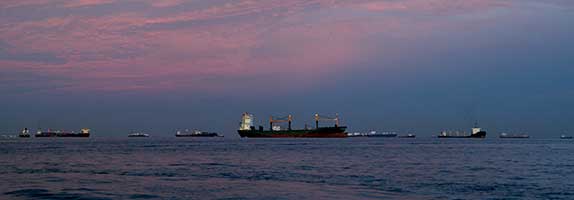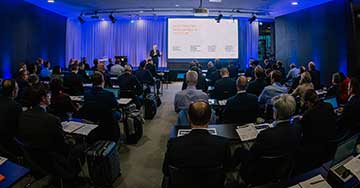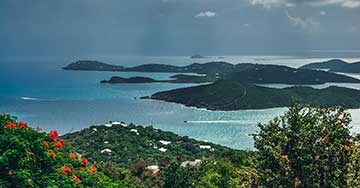
About Energy
About Marine

About Wärtsilä





The Indonesian government has set an ambitious plan to run on 100% renewable energy by 2060, while also aiming to provide universal electricity access by 2024. This is no easy feat, but it can be done.
Actions taken now will determine the long-term path to net zero, and the key question for leaders is whether they will take the opportunity to proactively shape the new market dynamics of the energy transition or be shaped by it.
Our report outlines the steps Indonesia needs to take to match its vision with execution, enabling the country to leapfrog to a future-proof power system.
For more regional insights, visit Rethinking Energy in Southeast Asia.
In our video series "Rethinking Energy in Southeast Asia," we delve into pivotal topics shaping the region's energy landscape. In this segment, we explore Indonesia's ambitions and strategies for executing its energy transition, with insights from Febron Siregar, Sales Director at Wärtsilä, and Fabby Tumiwa, Executive Director from Institute for Essential Services Reform (IESR).
![]()
With the cost of energy production optimised, share of power generation from renewables can be 3-4 times greater than current goals.
![]()
Indonesia's net zero target by 2060 can be achieved with already existing technology by adding renewables and balancing solutions, while phasing out inflexible power plants.
![]()
In the net zero scenario, Indonesia can achieve up to a 23% reduction in the LCOE and save $1.3 billion USD annually.
By pivoting to a flexible renewable system by 2060, Indonesia can do more than cut emissions. It can transform the energy sector, creating a deregulated, competitive market which is better able to serve thousands of islands, ensuring that everyone has access to clean, reliable electricity.
Indonesia can smoothly transition to net zero by 2060, slashing emissions and carbon tax cost burden by over 20%, according to Wärtsilä
Wärtsilä Corporation, Local news, 14 September 2022 at 09:00 UTC+2

Febron Siregar
Sales Director, Indonesia, Wärtsilä Energy